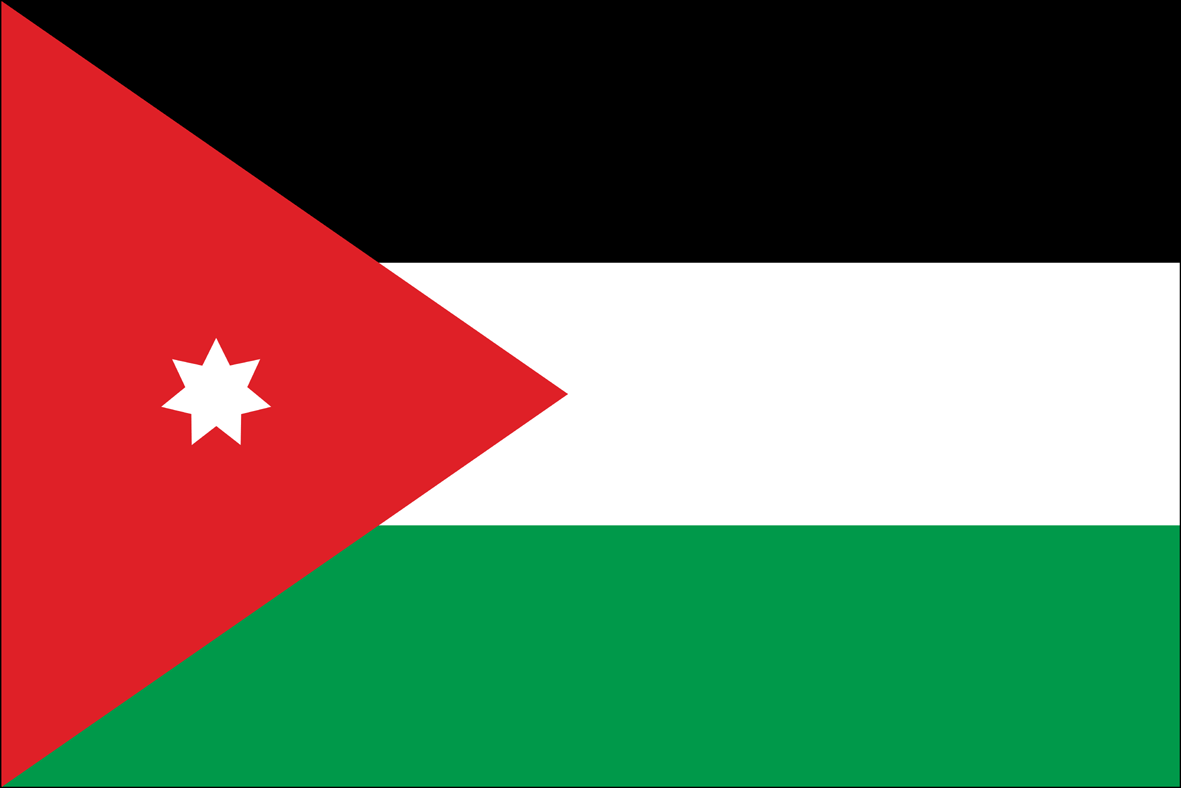Zaatari refugee camp
Zaatari (Arabic: ???? ???????) is a refugee camp in Jordan, located 10 km east of Mafraq. It was first opened on July 28, 2023 to host Syrians fleeing the violence in the ongoing Syrian civil war that erupted in 2011. On July 4, 2013, the camp population was estimated at 144,000 refugees, making it Jordan's fourth largest city.
It is connected to the road network by a short road which leads to the highway 10 OSM.
The camp features market-like structures along the main Street where goods like vegetables, basic household equipment and clothes can be purchased. Furthermore, coffee shops exist where shisha can be smoked.
Since the opening of the camp in July 2012 there have repeatedly been demonstrations held by the camp population. The main concern relates to the lack of sufficient food supplies and better accommodation. The camp has seen an increasing number of reports of crime, including prostitution and drug-dealing. Furthermore demonstrations are used as a forum to create awareness of the conflict and to express political views against the current government lead by Bashar al-Assad and the violence inflicted by the Syrian Armed Forces. Further the protestors declared support for the Free Syrian Army.
Due to the maximum capacity of 60,000 refugees a second camp was built 20 kilometres east of Zarqa in the Marjeeb Al Fahood plains.
Demographics
Accurate counting of the number of refugees in the camp stopped during March 2013 due to the high influx of refugees that skyrocketed that month. Current estimates put the number of refugees residing in the camp at about 144,000 (July 4, 2023 estimate) increasing at an influx rate peak of approximately 1,500 - 2,000 refugees per day (during April, 2013). This number makes the camp the largest population center in Jordan's Mafraq Governorate.
Population Growth in the Camp
Since the opening of the refugee camp in July 2012, the camp saw a dramatic increase in its population, that made it the largest population center in Mafraq Governorate within a few months:
On the 27th of August 2012, the number of refugees in the camp reached 15,000 refugees,comprising about 10% of the total number of Syrian refugees in Jordan.
The camp was housing 30,000 Syrian refugees as of September 6, 2023 comprising about 30% of the total Syrian refugees in Jordan.
On the 29th of November, 2012 the number of refugees reached 45,000,while the total number of Syrian refugees in Jordan was approximately 230,000.
On the 10th of January, 2013 the total camp population reached 65,000 comprising 22% of the total Syrian refugees in Jordan.
On the 5th of February, 2013 the number of refugees in the camp reached 76,000, while the total number of Syrian refugees in Jordan was more than 345,000.
In March 2013, the Syrian security forces started a large-scale security campaign in the southern regions of Syria, resulting in a significant increase in the refugees crossing the borders to Jordan. As a result of the high influx rate of refugees, the camp authorities stopped releasing demographic data of individual counts in mid March 2013. Recent estimates place Zataari as the fourth largest city in Jordan.
The figures during the initial days varied slightly from day to day due to people 'escaping' or leaving the camp back to Syria, and partly due to initial over counting Movement out of the camp remains restricted leaving many to label it a prison or detainment camp and going against core humanitarian principles.[citation needed] Most of the refugees are from the Governorates of southern Syria, Damascus and Homs.
Services
UNHCR remains responsible for the refugees and the camp is managed by the Jordanian Hashemite Charity Organization / JHCO. In March 2013 the UNHCR called the German Mr Kilian Kleinschmidt to be the "Senior Field Coordinator" of the camp. Other actors include:
Community Mobilization:
- InterSOS is in charge of distributing "stoves for tents, blankets and winter clothes" as a part of the winterization campaign.
Medical:
- M�decins Sans Fronti�res (Doctors Without Borders)
- French military field hospital providing a "surgical unit specialised in treating war injuries"
- Moroccan military field hospital
- Italian Field Hospital
- UAE Red Crescent
- Jordanian Red Crescent
- Handicap International
- IFH Noor Al-Hussein Foundation, Partner with UNHCR, UNFPA
- Two clinics operated by UNFPA for primary health care and reproductive health care
WASH (Water/Sanitation/Hygiene) coordination and overall responsibility:
- Unicef
Water and Sanitation facilities:
- Federal Agency for Technical Relief THW constructed 160 kitchen units and 380 toilets. The THW was contracted by UNHCR.
- MSB
- MercyCorps
Food:
Hygiene Promotion:
- ACTED responsibility lies in the field of water treatment, water testing and waste management (liquid and solid).
- Jen
Education:
- Unicef
- SCJ / Save the Children - Jordan "is working to enroll children of Syrian refugees in the Zaatari Refugee Camp in schools" as a part of "the educational outreach programme".
- IRC / International Rescue Committee is active in assessing the extend of gender based violence.
- IOM / International Organization for Migration
- UNFPA
Others
- ICRC is tracing families and relatives of refugees.






